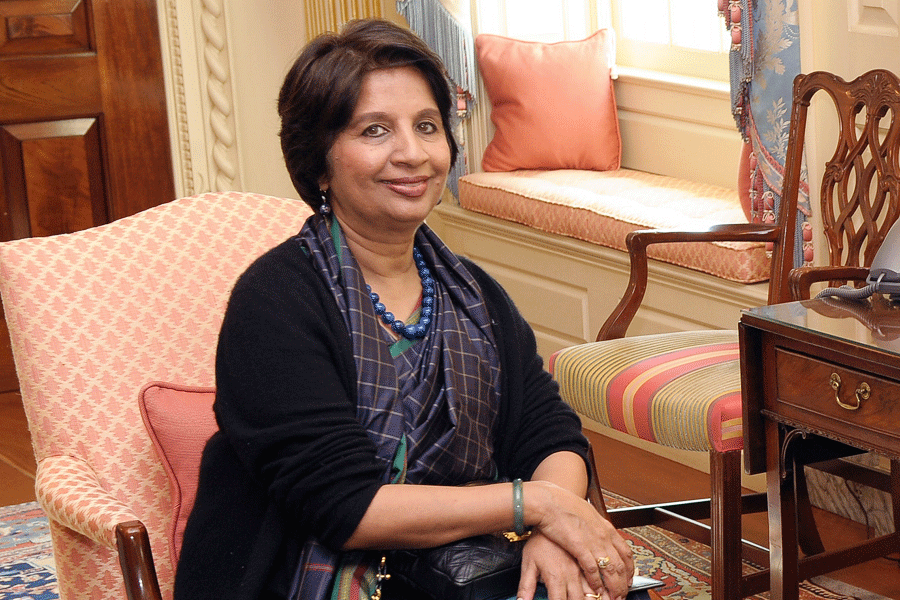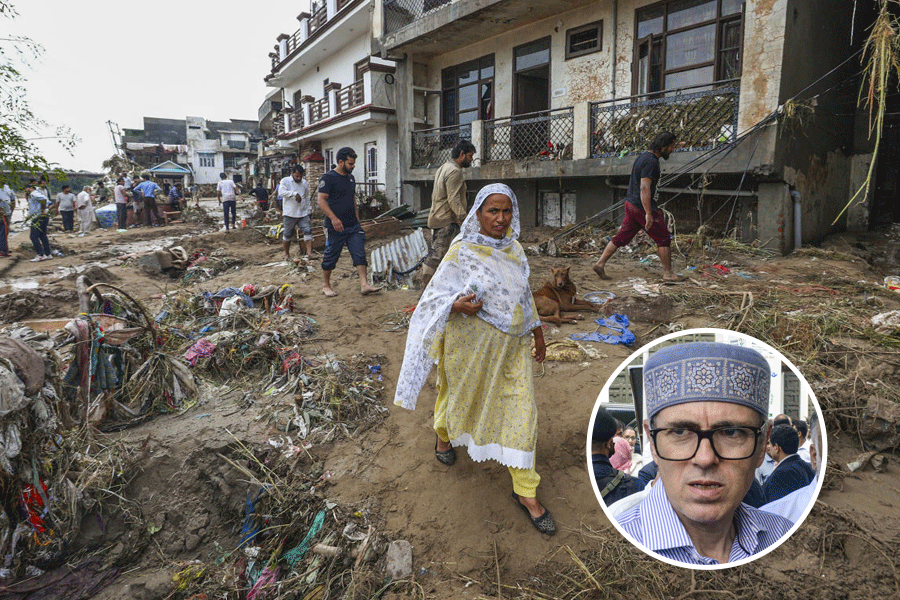Kathmandu, June 11 (Agencies): The final chapter closed on the world’s last Hindu monarchy as Gyanendra, Nepal’s deposed king, gave up his crown of peacock feathers, yak hair and jewels and, with the streets slicked by rain and the air filled with metaphor, left his palace forever today.
But a remnant is staying behind: the youngest mistress of a king who died more than a half-century ago.
The concubine, Sarala Gorkhali, and Gyanendra’s stepmother are being allowed to stay on at the main palace because they have nowhere to go and no one to take them in.
Now a frail 94-year-old, Gorkhali was virtually unknown in Nepal until Monday when authorities announced she would be allowed to continue living in two buildings on the palace grounds.
She entered the royal entourage more than a half century ago as the youngest mistress of King Tribhuwan, Gyanendra’s grandfather, who ruled from 1911 until his death in 1955.
It was common knowledge that Tribhuwan had mistresses, but Nepal was shocked to discover that one of them was still alive and had lived in the palace for well over half a century, leaving occasionally to visit temples by herself without a coterie of guards or escorts.
The old woman, who was called Queen Grandmother inside the palace, had apparently been a behind-the-scenes witness to much of Nepal’s dramatic history: King Mahendra’s autocratic moves in the 1960s, King Birendra’s restoration of democracy in 1990, the royal slaughter, Gyanendra’s royal coup, the ensuing democratic protests, and, most recently, the abolition of the throne itself.
Today, she had an inside view of the Shah dynasty’s final act — Gyanendra’s departure from the palace and public life.
Little else, however, will remain of a dynasty that united Nepal and reigned for 239 years. Most of the palace — a pink, concrete 1970s monstrosity — will be turned into a museum.
Gyanendra is to live as something akin to an ordinary citizen, albeit an incredibly wealthy one, protected by police at a one-time summer palace on a forested hill on the outskirts of Kathmandu.
“I have no intention or thoughts of leaving the country,” Gyanendra said before departing his family’s seat, his first public comments in the months since it became apparent he was going to lose his crown. “I will stay in the country to help establish peace.”
The vast majority of Nepalis has made it clear they are pleased to see the monarchy end. While Gyanendra’s throne was formally abolished last month, today’s move carries great significance in a nation that was ruled by the Shah dynasty for more than two centuries.
The former king pulled out of the palace gates in an armoured black Mercedes car around 8.45pm, followed by a police and army escort.
A few dozen people urged him on his way with chants like “Gyane, thief, leave the country”, using an insulting diminutive of his name.
A few loyalist onlookers shouted at Gyanendra to stay on the throne, but most of the several hundred people gathered were happy to see him go.
“I came to see the end of a dark era,” said Gopal Shakya, a shopkeeper in Kathmandu who watched the king leave the palace. “Tomorrow it will be a brand new beginning for Nepal.”
Three hours earlier, the former monarch had calmly addressed his first-ever media conference, expressing his desire not to go into exile.
“I have accepted the decision,” Gyanendra told reporters who had gathered in a grand palace hall decorated with portraits of the Shah dynasty kings, stuffed tigers and ornate chandeliers. “I have done all I can to co-operate with their directives.”
The Narayanhitti palace has been Gyanendra’s home since becoming king in 2001 after a massacre in which a gunman, allegedly the crown prince, assassinated King Birendra and much of the royal family before killing himself.
After his brother’s death, Gyanendra assumed the throne. But the killings helped pierce the mystique surrounding a line of kings who had once been revered as reincarnations of Vishnu.
No proof has ever surfaced that Gyanendra was involved in the massacre, but rumours have swirled for years that he was behind the slaughter.
Today, he dismissed the accusations as a baseless “campaign to defame the royal institution”.










